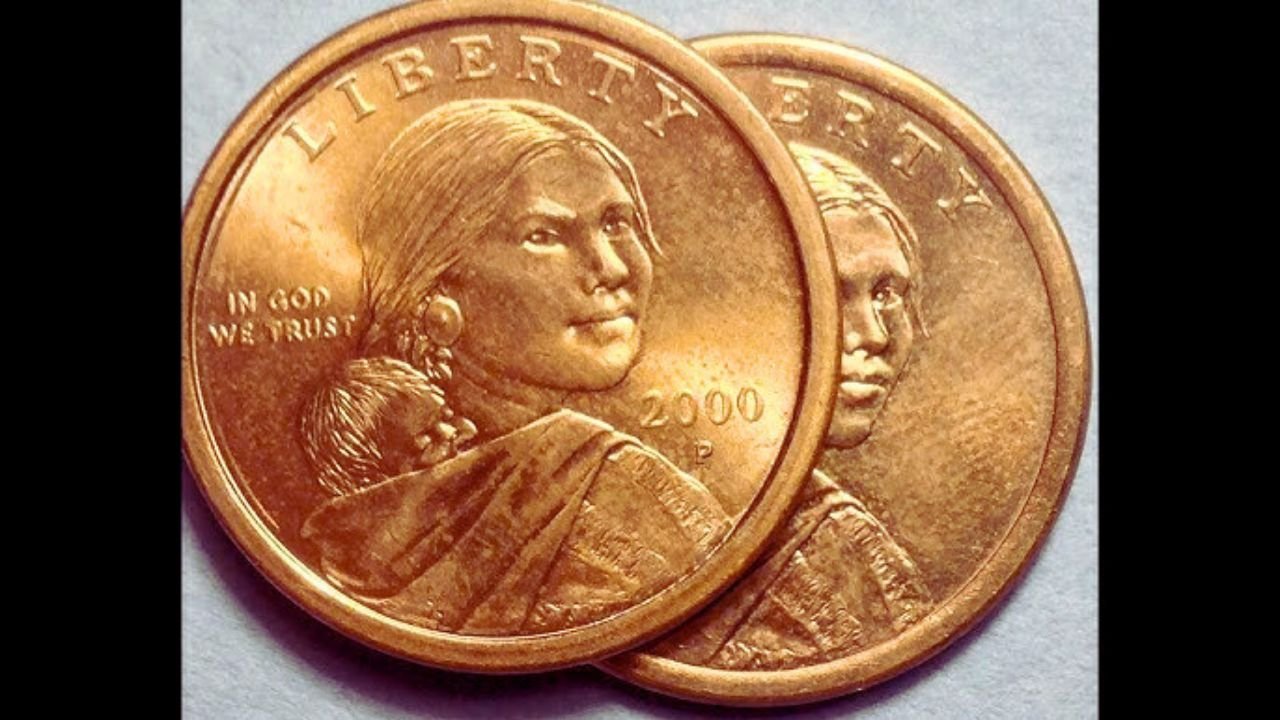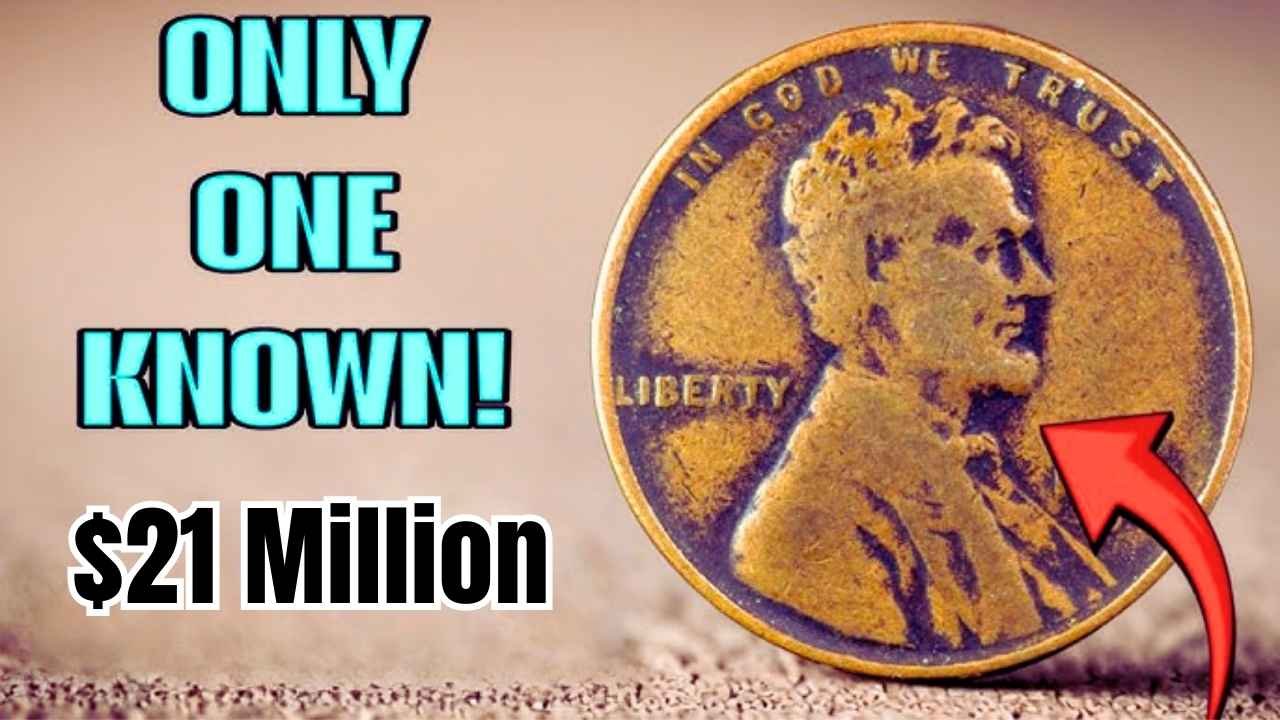2025 Toyota RAV4 Hits the Road: Sleek Style, Great Mileage, and Top Comfort
A Fresh Look for 2025 The 2025 Toyota RAV4 has arrived in the USA, bringing a bold new design and exciting features. This compact SUV blends sporty looks with everyday practicality, making it perfect for families, adventurers, and city drivers. With its sharp LED headlights, sleek grille, and sturdy roof rails, the RAV4 stands out … Read more









